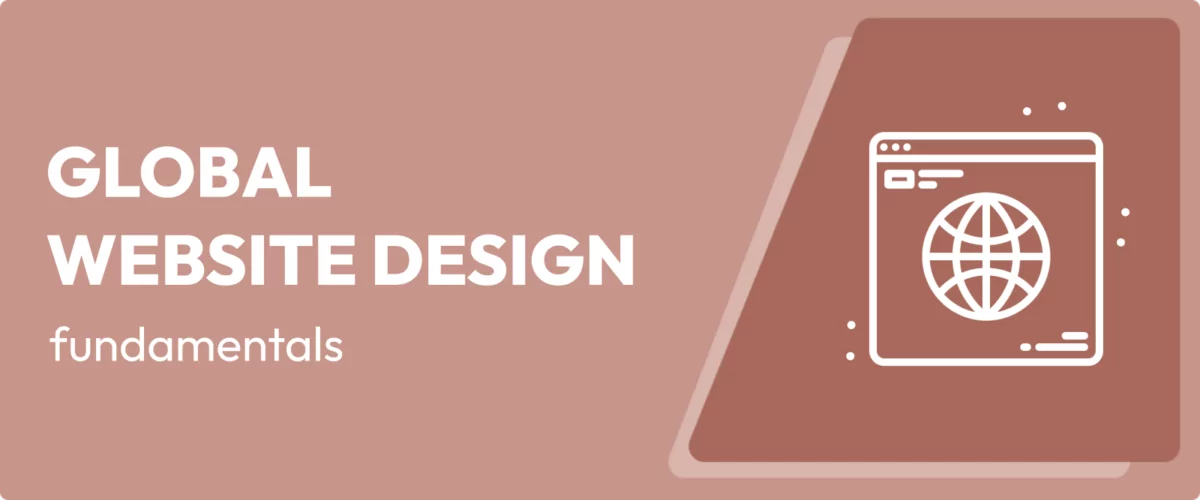
In this post
Want to implement global website design into your own site to appeal to an international audience?
The average internet user spends around 6 hours and 31 minutes online daily and approximately 54.5% of internet users (aged 16+) engage in online shopping at least once a week.
Given the scale of online activities and the increasing importance of e-commerce in modern societies, it is no wonder that businesses are focusing on global website designs to engage with international audiences.
That said, it takes a lot of work to create a design that appeals to everyone because every culture has its own design preferences and then there are technical limitations to consider too.
Luckily design experts have identified key design aspects to consider and best design practices to implement to create a harmonious website design that appeals to most internet users.
This article will dive deep into the fundamentals of a great global website design and the dos and don’ts of creating a website that resonates with a diverse international audience.
Let’s get started.
Global Website Design Fundamentals
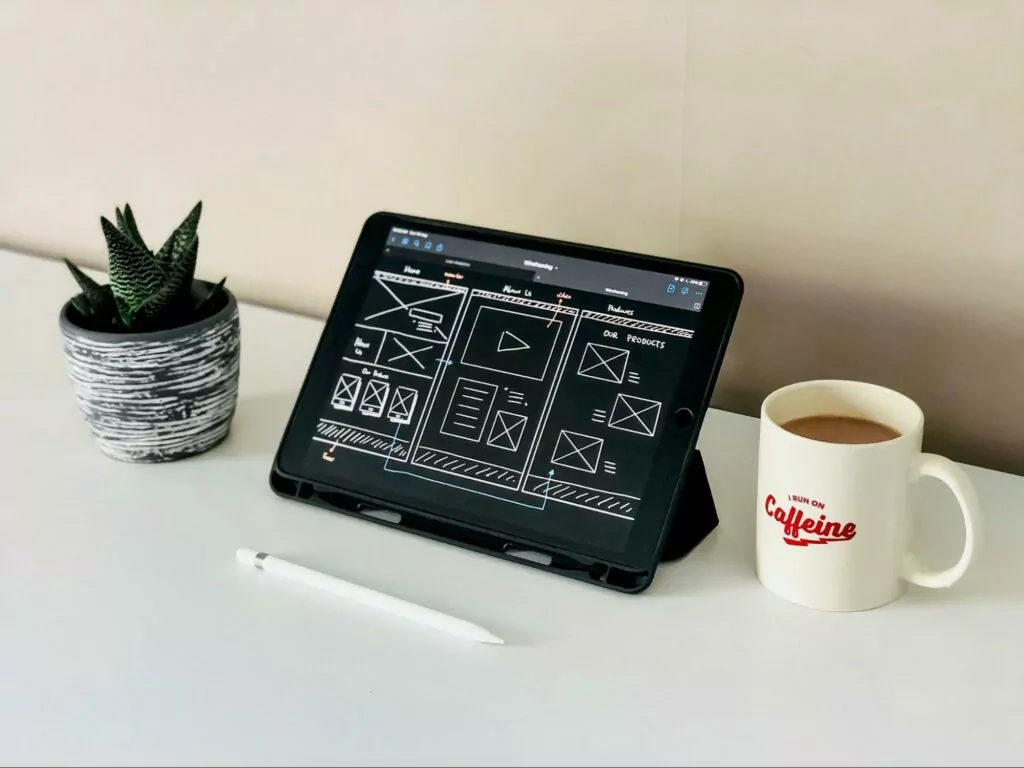
1. Cultural Considerations in Design
Cultural differences significantly affect how people perceive and interact with your business. So when designing a website for a global audience it’s important to consider the cultural nuances of your target markets.
We recommend doing proper research and taking extra care when dealing with the following design aspects:
i. Colors
Colors symbolize different things in different cultures. For instance, red signifies good luck in China but in South Africa, it could mean death. Likewise, white is associated with purity in North America, but in many Asian cultures, it’s associated with death and mourning.
Combinations, intensity, and saturation of colors can also have different meanings in different cultures.
ii. Images
Images are a powerful way for a business to communicate with its target audiences but images can also easily offend, confuse, and even ruin a good reputation.
Businesses use images like food and drink, clothing, animals, and hand gestures to advertise their product or services. But did you know that a thumbs-up is a positive gesture of approval in many cultures but it’s considered an insult in some Middle Eastern cultures?
A beef burger may seem appealing to Western cultures but some Hindu or Buddhist cultures could find that repulsive.
iii. Symbols

The flag is a powerful symbol of national identity and pride but can also be viewed as a symbol of war and aggression.
A logo is an essential part of a brand but the same logo may not culturally resonate with people. For instance, the Hindu swastika (right facing) symbolizes prosperity and good luck but in many Western countries, it is widely recognized as a symbol of the German Nazi Party.
Just like images and logos, you need to be careful of glyphs, such as emojis. For example, the okay hand emoji is seen as offensive in some cultures like the Middle East, South America, and parts of Europe.
iv. Signs
Signs such as directional, warning, and informational signs are loaded with cultural references and they differ from one culture to another.
In some cultures, the direction of the arrow may indicate the direction of the user’s gaze and the same arrow would indicate the direction of the user’s movement in a different culture. Likewise, a warning sign with a skull and crossbones symbolizes danger in some cultures and death in others.
v. Language
In some countries, it is customary to use formal language when communicating with strangers, and in others, informal language is preferred.
Humor can be culturally specific and may not translate well in other cultures. Sarcasm is seen as rude, confusing, or inappropriate in some cultures.
The phrase “how are you?” can be a genuine question but can also be a polite phrase that doesn’t require a detailed response.
2. Technical Considerations in Design
When we speak of website design, we often think of the front end, i.e. the part of the website that is visible to the audience, but a good design takes into consideration the technical aspects that enable the website to function no matter where it’s being viewed from.
The technical aspects that you should be worrying about when designing a website for a global audience include:
i. Character Encoding
Character encoding is the process of presenting characters (such as letters, numbers, and symbols) in a format that computers can understand and process.
Paying attention to character encoding is essential in global website design.
Different languages use unique characters and symbols that may not be supported by a single-character encoding standard.
Unsupported encoding standards will make the text unreliable on your website.
ii. Data & Time Formats
It’s no surprise that different cultures have different date and time formats.
Some countries use the “day-month-year” format, while others use the “month-day-year” format.
Some use a 12-hour clock (e.g., AM/PM), and others use a 24-hour clock.
In some industries, such as finance, healthcare, or government, date, and time formats are regulated by laws. Non-compliance with these formats can lead to fines and other legal charges.
iii. Number & Currency Formats

In e-commerce and financial transactions, accurate number and currency formatting is crucial to avoid errors and financial loss.
Using proper currency code and symbols is important but so is using proper numerical values.
Some of your target audience probably use decimal separators like commas (e.g., 1,234.56), while others use periods (e.g., 1.234,56).
iv. Language-Specific Fonts
Focusing on language-specific fonts will ensure that your website’s content is displayed correctly and is accessible to users worldwide.
Fonts that don’t support the Kanji characters display Japanese as gibberish, font that doesn’t support right-to-left languages can’t display Arabic text as it appears in reverse, Chinese characters with multiple strokes and can overlap on the screen, font that doesn’t support Devanagari script cannot display Hindi properly, etc.
v. Image & Media Files
Image and media files (audio, video, GIFs, etc) significantly affect the website’s performance, accessibility, and overall user experience.
Large images and media files take a long time to load and slow down your website. This leads to poor user experience and high bounce rates.
Images and media files that aren’t optimized to be accessible by users with visual, auditory, motor, or cognitive disabilities can prevent these users from understanding your website content.
Likewise, when these files are not optimized for search engines, they can negatively impact your website’s search engine rankings, visibility, and organic traffic.
vi. Device & Browser Compatibility
A website that is not compatible with a user’s device or browser can lead to a poor user experience. This causes high bounce rates, low organic, and a negative impact on your brand image.
Search engines like Google take into account device and browser compatibility when ranking websites. Google has a mobile-first indexing policy, which means that it prefers mobile-friendly websites and ranks them higher in search engine results pages (SERPs).
3. Accessibility & Compliance Considerations in Design
Accessibility ensures that all users, including those with disabilities, have equal access to your website.
Accessibility features are known to improve the user experience for all users, not just those with disabilities.
Moreover, many countries have laws (European Union’s Accessibility Act and the Americans with Disabilities Act) making it mandatory for websites to be accessible.
Global Website Design Best Practices
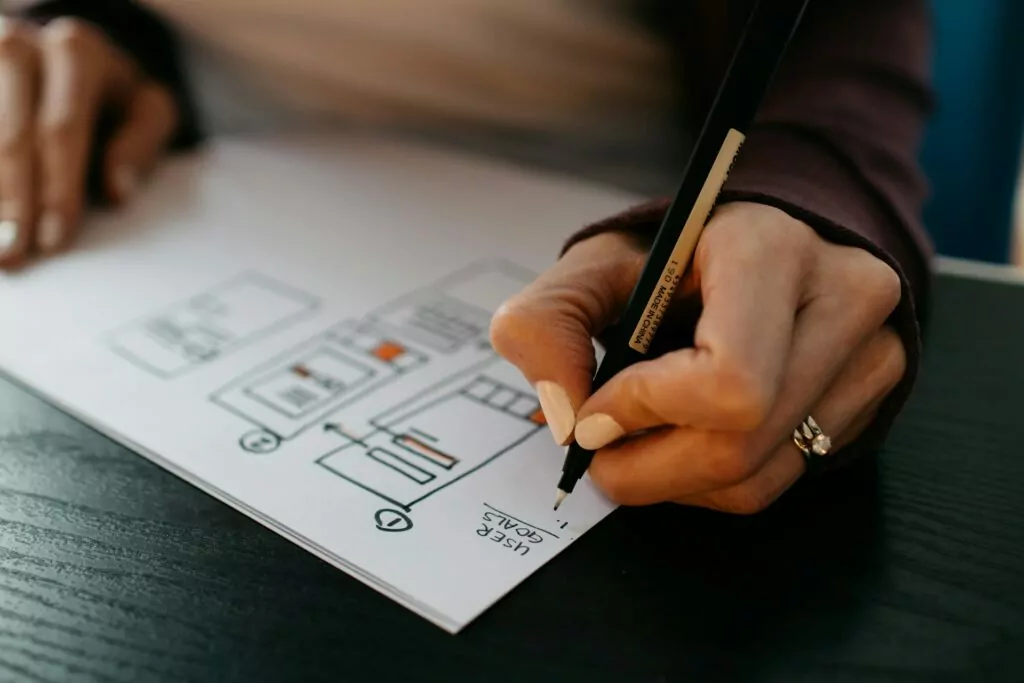
To get a global website design right, you need to take the following steps:
- Make a list of your target markets and conduct thorough research on local customs, traditions, and values to understand the cultural nuances of your target markets and avoid offending or confusing your audience unintentionally.
- Be mindful of every image, color, symbol, sign, language, and humor used in the website’s design. Avoid anything that may have negative connotations in your target market.
- Translate website content in local languages and dialects to connect with your target audience and avoid using humor that may not translate well across cultures.
- Use Unicode encoding to support various languages and characters, and ensure your website displays them correctly. Adjust the font size and style because languages require larger font sizes or specific font styles to be readable.
- Consider the local time zone, date format, and calendar system when displaying dates and times and local currency, number format, and decimal separator when displaying numbers and prices on your website.
- Choose light file formats and use compression tools to ensure the files load quickly. Add alt text so that the file formats are accessible and SEO-friendly.
- Test your website on various devices and browsers to ensure everything is displayed correctly and functions as expected.
- Use ARIA attributes to provide a better experience for users with disabilities and follow Web Content Accessibility Guidelines (WCAG) to ensure that your website is accessible to all users.
- Provide closed captions for media files for users with auditory disabilities, offer alternative text for images to ensure that users with visual impairments, and ensure that your website can be navigated using a keyboard to assist users with motor disabilities. Also, regularly test your website for accessibility to ensure that it remains accessible to all users.
These are some of the best practices for global website design. To learn more, check out our dedicated guide on Multilingual Website Design Best Practices.
Make Your Website Multilingual
When catering to a global audience applying global designs alone won’t guarantee success. The language barrier is a real issue. To ensure that your business thrives in different markets you need a multilingual website.
There are two ways to create a multilingual website. You can rely on AI-driven translations or human translation services – both of which can be carried out via translation agencies or freelance translators.
There are pros and cons involved in both services which is why we recommend a hybrid middle path.
You can use TranslatePress’ automatic AI Translation tool to translate your website into one or more languages.
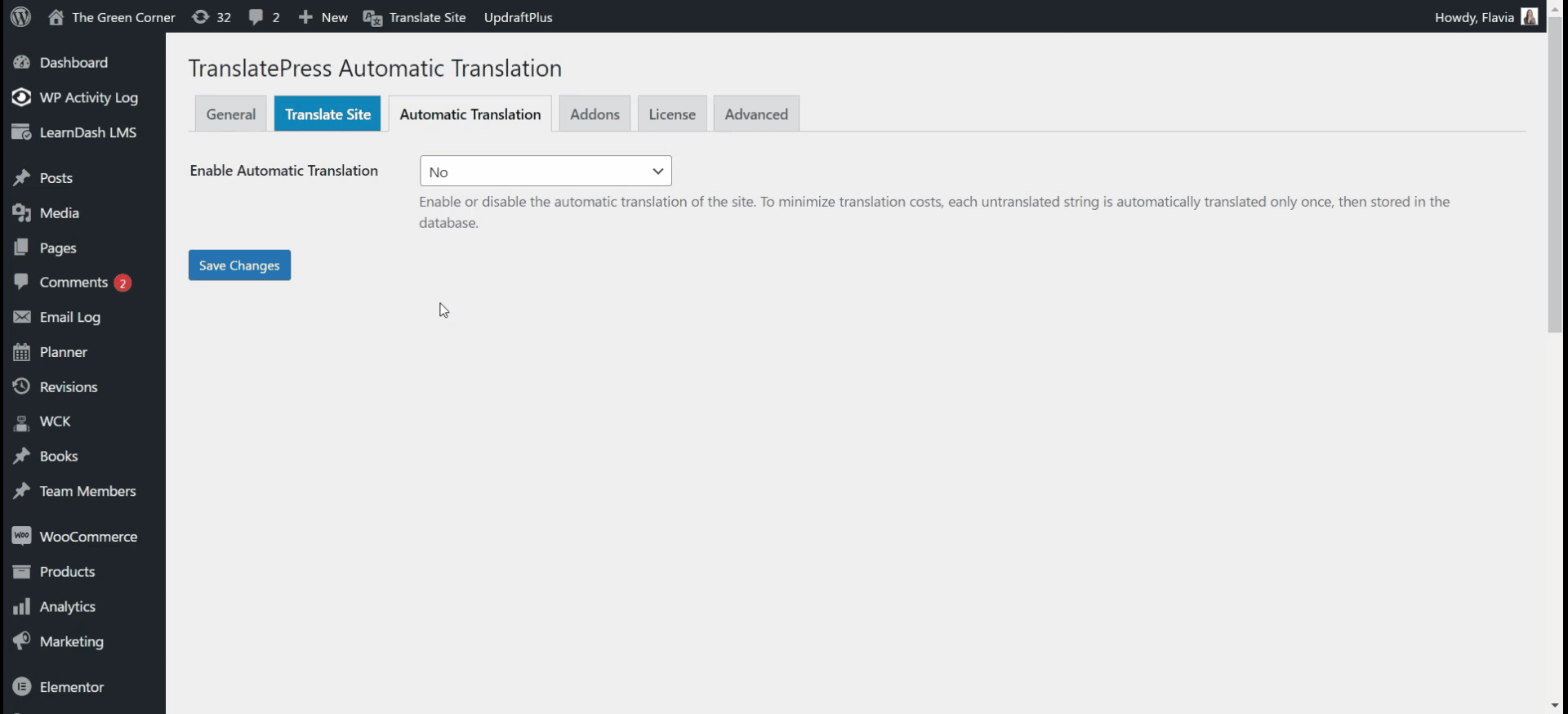
Then use TranslatePress’ Translation Editor to modify and improve the AI translated text manually.
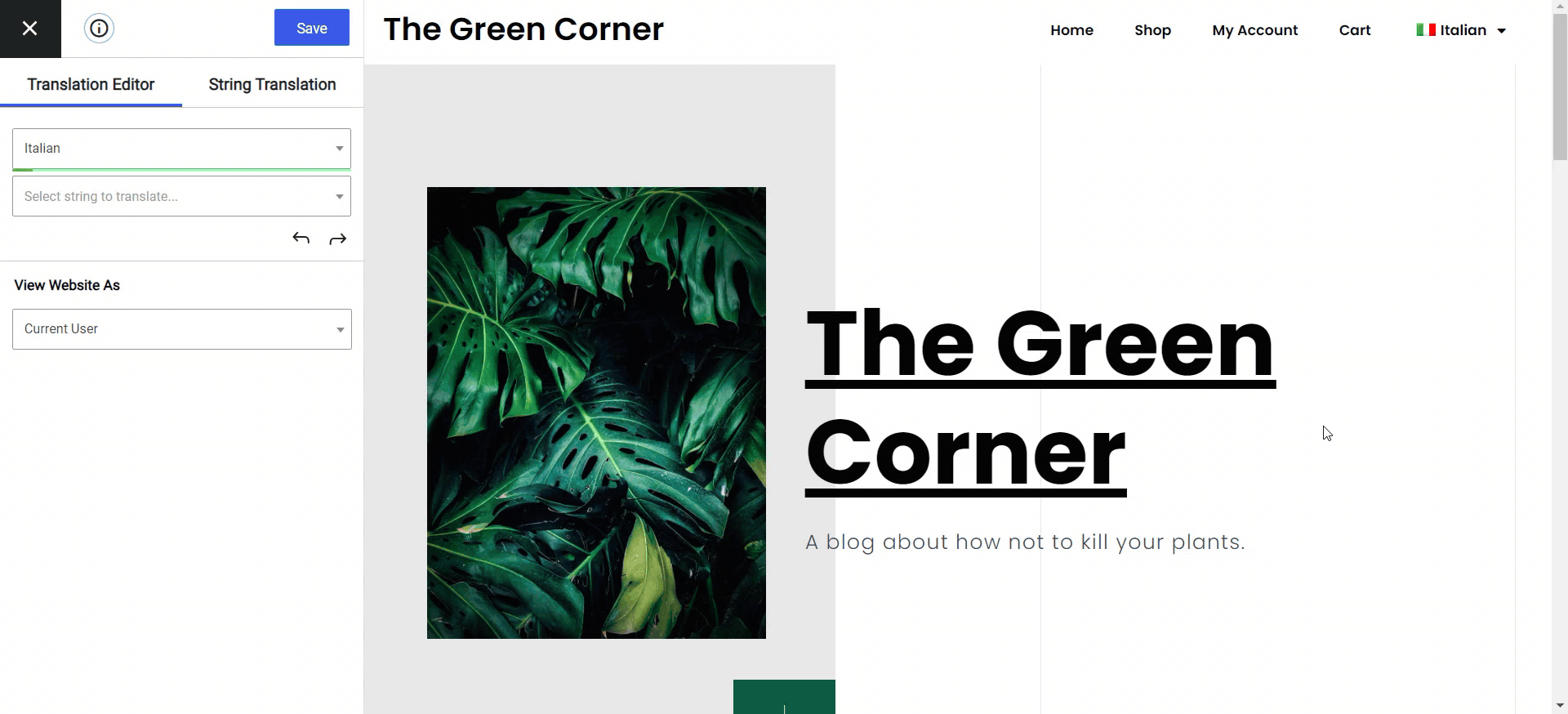
In this way, you are using AI technology and human translators to finetune translations – a hybrid middle path.
We have dedicated guides on how to build a multilingual website with TranslatePress. Have a look:
- Real Multilingual Website Examples
- Website Translation Costs
- Creating a Multilingual WooCommerce Store
- Multilingual e-Commerce
- Multilingual Website Ultimate Guide
Also consider putting in localization efforts on all business fronts like marketing, social media, link building, SEO, customer support, etc.
TranslatePress Multilingual
Conclusion
A global website design must resonate with users worldwide. So it’s essential to consider cultural nuances, technical requirements, accessibility standards, and compliance regulations to create a global website design.
Once you have a good grasp on these aspects, implement the best practices outlined in this article and build a website that suits the needs of users from diverse backgrounds.
Before wrapping up this tutorial, we just want to point out that designing a website also involves adapting your website content to resonate with different languages.
While there are different ways to translate a website, we recommend our TranslatePress plugin for websites built on WordPress because it is widely considered the most powerful WordPress translation plugin.
That’s it for this one folks! If you have any questions about global website design, let us know in the comments below.
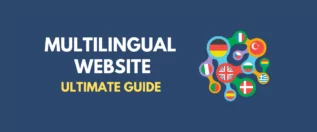
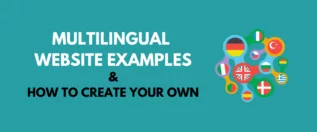
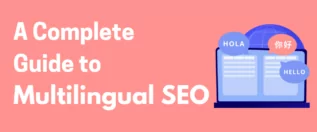
A practical tips and creative strategies to engage diverse audiences effectively. Nice!